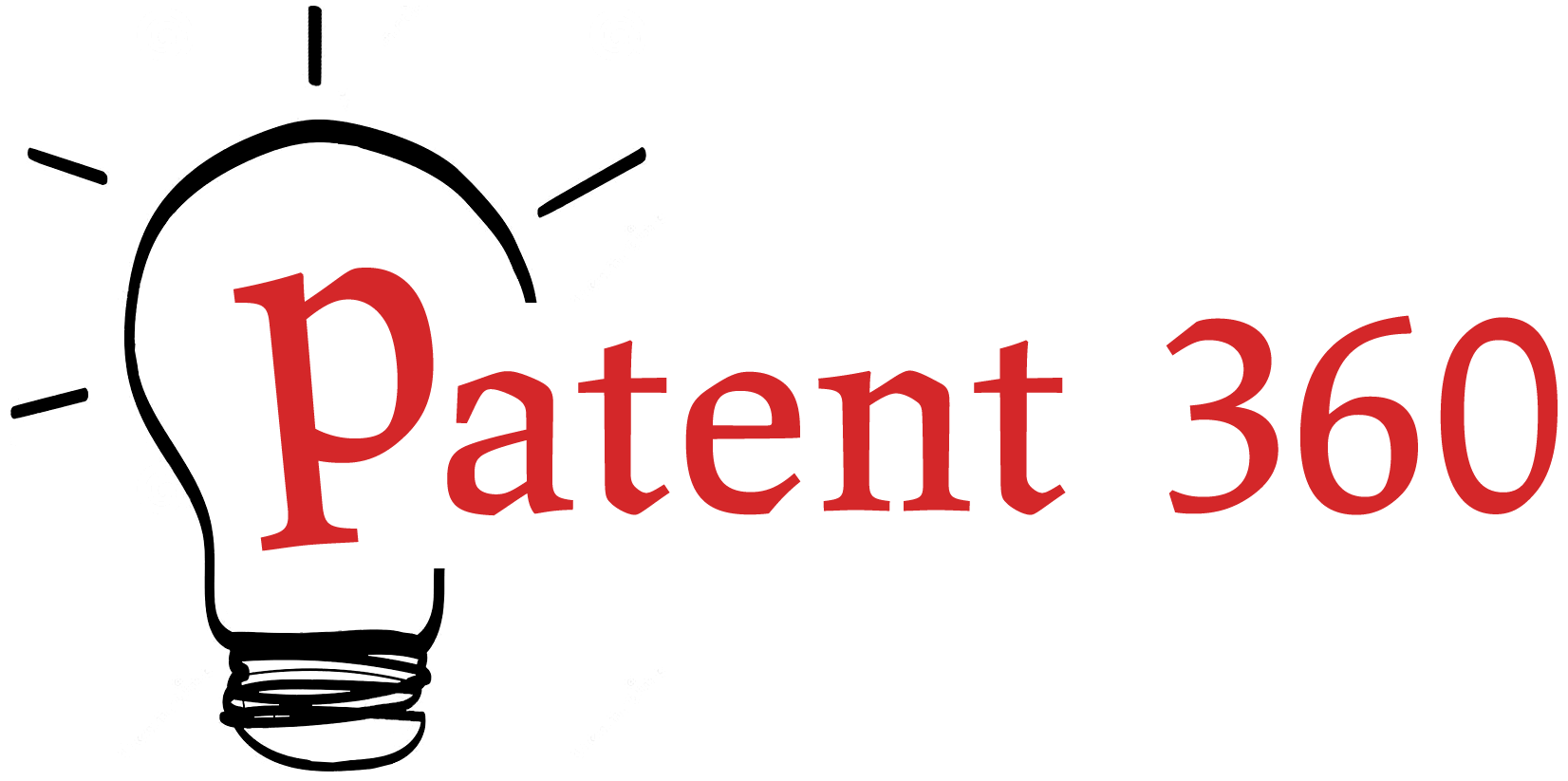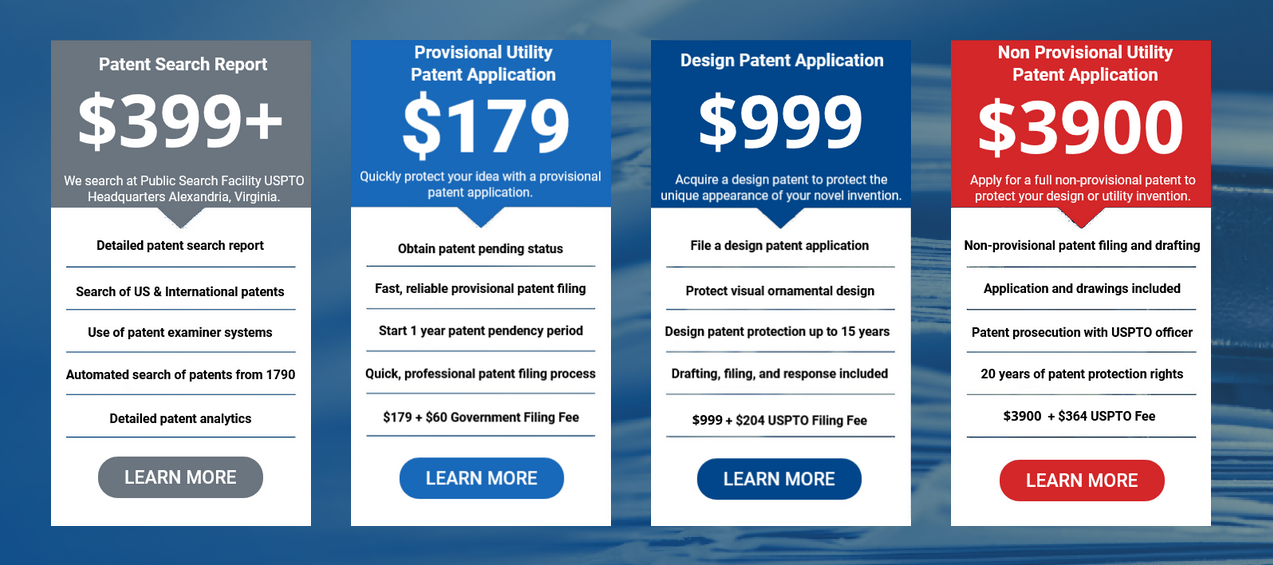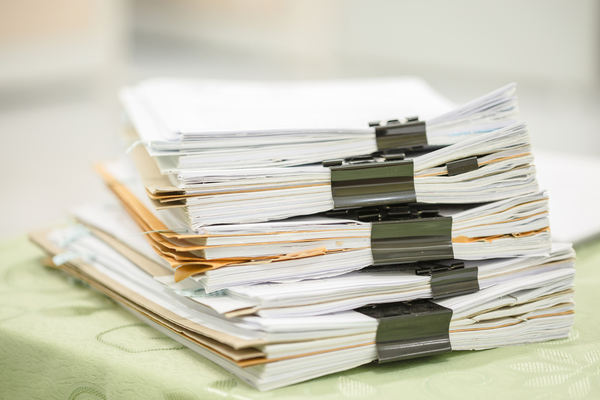Determine how much a non-provisional patent costs for utility applications in the US. Typically, utility patent costs depend on project complexity, attorney fees, and the type of IP protection. Complex ideas may need broad patent protection and cost more than small inventions. As a novel inventor yourself, determine the end-to-end utility patent cost to evaluate if it’s the right choice for your idea. While you may file a utility patent application yourself and save money, hire an Intellectual property attorney in Florida to protect your intellectual property. Experienced utility patent attorneys offer advanced technical support for complete utility filing – increasing your chances of USPTO approval. Plus, an affordable patent attorney can help evaluate government filing fees, patent search costs, and several other charges. Keep reading to learn how much a non-provisional patent costs for utility applications.
Utility Patent Search Charges
Explore how much does a utility patent search costs for a non-provisional patent application. Conduct a patent search of your invention to determine the patentability of the idea. Your patent search may save valuable resources if there are already prior art or existing patents available. Proceed with a utility patent search prior to filing an application. You can do the search yourself or hire an experienced patent lawyer to perform the search. By performing a utility patent search yourself, the cost includes your time and effort. Alternatively, you can hire a low-cost patent search attorney for $199 to $299, depending on the search report plan. A basic patent search report starts at $199, going up to $299 for a comprehensive report. Secure a search report to set up your non-provisional patent filing for success. Factor in the patent search costs into the total costs for filing a non-provisional patent application.
Provisional To Utility Patent Upgrading Cost
Next, non-provisional patent cost also involves provisional to utility application upgradation charges. Typically, these charges depend on the details mentioned in your provisional application. Typically, poorly-filed provisional patents are more expensive to upgrade. Your lawyer will need to pack the new utility application with relevant information for patent approval. In most cases, upgrading these poorly drafted applications may cost the same as a new non-provisional application. Meanwhile, upgrading a quality provisional patent is easier and cheaper. Based on the quality of your provisional patent, it may cost between $2,000 to $8,000 for the utility application upgrade. Work with a fixed-cost patent attorney to avoid hidden charges. Indeed, determine the provisional to utility patent upgradation charges while evaluating non-provisional patent costs.
Non-Provisional Patent Drafting Fees
To determine the non-provisional patent costs, calculate the drafting fees associated with the utility patent application. Similar to upgrade costs, you can choose an attorney with hourly billing charges. Or, work with a patent agent that offers flat fee prices. The non-provisional drafting process may vary based on costs depending on the complexity, variations, and illustrations. For example, a simple application may only take 10 pages to describe the main specifications. You might only make 10 claims in total. Meanwhile, a more complex application might have biochemical components, engineering advancements, or technical innovations with many more claims. Speak with the patent drafting service about the rates for your invention’s complexity. Certainly, the non-provisional patent costs depend heavily on drafting fees.
Non-Provisional Patent Filing Fee
Learn about non-provisional patent filing fees to submit your utility application. Visit USPTO’s online patent center to submit your filing fee electronically. Typically, paying the filing fee online will help avoid late surcharges. Plus, USPTO charges an additional $400 for utility applications filed through traditional mail or hand delivery. You may also need to pay additional charges if the total specifications and drawings exceed 133 pages. Similarly, broader applications filed with more than 20 claims also require additional claims fees. Work with an experienced attorney to evaluate the average patent filing cost to submit your utility application. Your attorney can also submit the filing fee digitally to speed up the application process. Indeed, include the application filing fee to your overall non-provisional patent cost.
Post-Allowance Utility Patent Expenses
Consider post-allowance expenses along with your non-provisional patent costs. Once a utility patent is issued, inventors must pay a maintenance fee for their application. These post-issuance maintenance charges are different for small and large entities. Small inventions need to pay $575, $1,450, and $2,405 as maintenance charges after 3.5, 7.5, and 11.5 years. Meanwhile, large entities must pay $1,150, $2,900, and $4,810. Similar to the filing fee, the post-allowance charges should be paid to USPTO online. While these charges remain similar every year, consult a professional utility patent lawyer to evaluate post-allowance maintenance costs for your invention. Indeed, plan for the post-allowance expenses while preparing for non-provisional patent costs.
Always evaluate the non-provisional patent cost before submitting your utility application. First, consult a top-rated attorney to evaluate the patent search cost for your application. If you’re upgrading from a provisional application, ask your attorney for the specific upgrade charges. Based on the complexity, variations, and illustrations, your utility application will also include drafting fees. Your patent attorney will also help determine the appropriate filing fee to submit the application. Finally, to keep your patent intact, pay the post-allowance maintenance charges. Follow the points above to learn more about non-provisional patent costs for utility applications.





